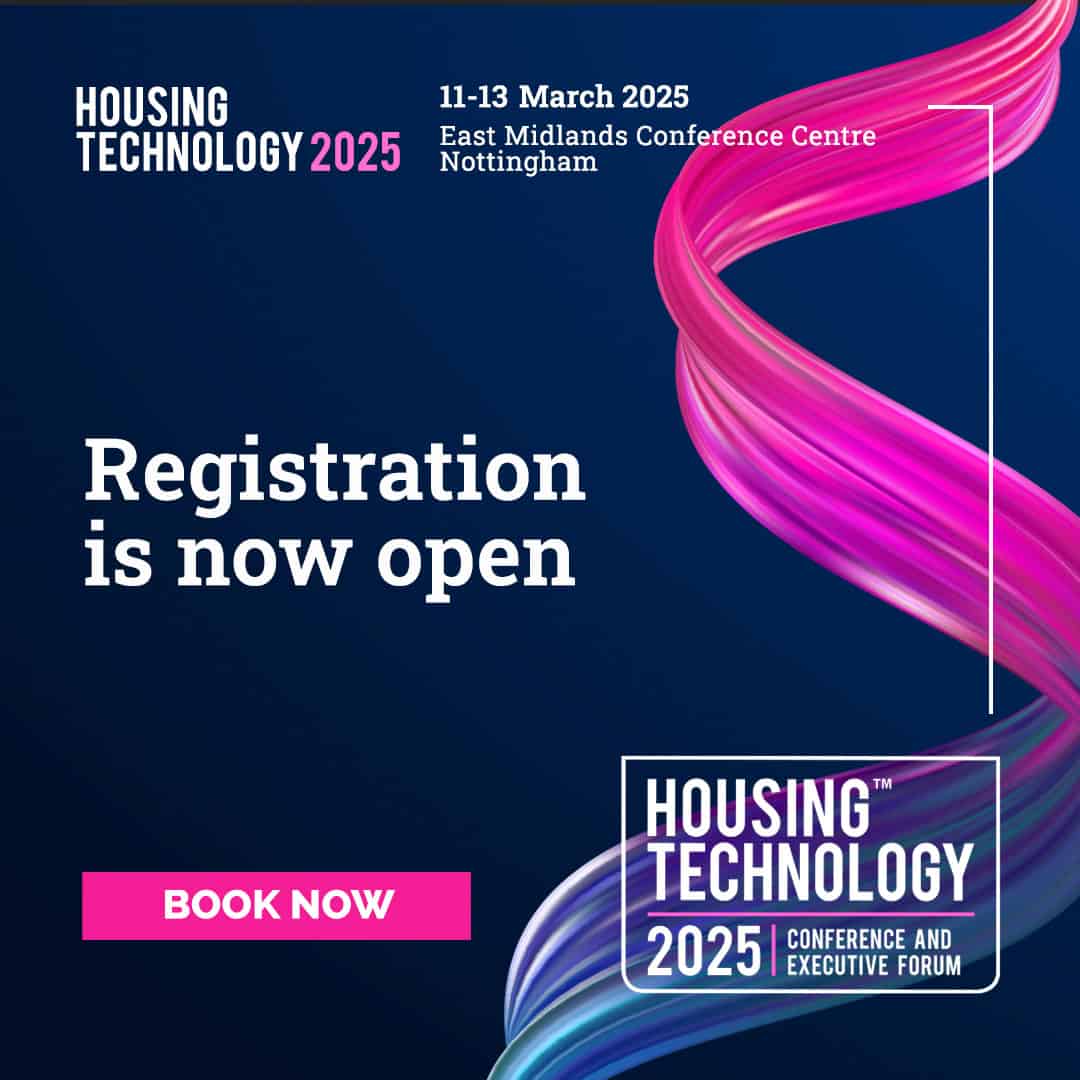Karen Conneely, Group Commercial Manager, Real Asset Management, outlines the way ISO-55000 is set to change corporate attitudes to asset maintenance and explains the fundamental importance of a good computerised maintenance management system (CMMS) in delivering critical asset information and enabling process change.
Maintenance managers know that proactive asset management can cut costs and improve lifetime value. Yet making that shift towards best practice has been an uphill battle… until now. With the launch earlier this year of the new ISO-55000 standard, asset management is now on the boardroom agenda.
ISO-55000 provides a framework to enable companies to use asset insight and good process to improve operational effectiveness. It is not only about reducing costs but also about understanding the business risk and cost associated with individual asset failures. It is about improving planning and providing individuals across the organisation, from finance to production and senior management, with visibility into the end-to-end spend on asset maintenance. In effect, ISO-55000 will change asset management from tactical to strategic.
Best practice
The introduction of ISO-55000 for asset management is the beginning of a significant sea-change in corporate attitudes to asset value. Despite the long term awareness that strong proactive policies for asset maintenance can reduce costs and extend an asset’s lifetime value, far too many organisations still retain a highly tactical approach to asset management. Jobs are primarily reactive and there is no understanding of the business cost associated with individual asset failures or downtime. Any information that is recorded is often extremely sketchy and only retained as some way of keeping track of the reactive maintenance activity and providing a basic schedule.
Yet reactive maintenance is three to five times more expensive than planned maintenance. Scheduling stock, parts, trades and engineers in advance as part of a proactive maintenance strategy can deliver astonishing cost savings. There is no time wasted waiting for the right resources and individual workloads can be scheduled more proactively. Critically, assets that are maintained on a regular basis are less likely to break or stop working.
And it is for this latter reason that ISO-55000 is set to change the perception of asset management for good. Rather than just cutting asset maintenance costs through better practice and day-to-day management, the ISO standard is designed to enable organisations to understand the strategic value of individual assets and the entire asset lifecycle value, including the effect of asset downtime. Assets are no longer the sole preserve of the maintenance department but are of core strategic value and interest to the business as a whole.
Detailed asset insight
ISO-55000 is about making the most effective use of assets to generate the most profit for the business. So what does that mean in practice? At the heart of the new model is a strategic understanding of the role each asset plays in the business and the associated risk of asset failure.
The first step – planning – requires the business to record detailed information about assets, costs, procurement and resource utilisation. Armed with this insight, the business can then determine clear corporate objectives which can then be reflected within the asset management strategy. Is the focus on decreasing maintenance costs, minimising resources by reducing reactive maintenance, or prioritising the uptime of key asset classes? How is contingency planning addressed within the maintenance plan? Organisations also need to understand how asset performance can affect business continuity and determine the strategic response to outages and other problems.
It is clear that good, accurate and detailed asset information is at the heart of a successful ISO-55000 accreditation. With a robust CMMS, an organisation can quickly collate the depth of information required. For example, how many jobs take place each day, week or month? What is the fix time? Which skills and subcontractors are needed to complete any given job? What items were requested from stores? Was there a delay in getting spare parts? And what are the associated costs in terms of business performance?
In-depth analysis of asset performance information, from purchase through repairs, in tandem with the business impact of the failure of individual assets is key to understanding business cost and risk.
Quantifiable value
Having gained this strategic understanding of asset value, status and related business risk for the first time, the business can then use a CMMS to support the next phase of the ISO-55000 framework – namely delivering more effective asset maintenance. From improving scheduling to tracking staff performance and delivering appropriate training, the ‘action’ phase of the standard framework delivers immediate, measurable improvement in resource utilisation and the quality of the assets.
The ability to assign a risk level to each asset enables far better risk management and ensures maintenance activity can be prioritised for critical assets. With a good understanding of every aspect of the maintenance process, from ordering parts to accessing skills, organisations can run ‘what if?’ scenarios to accurately assess the impact of increasing proactive maintenance and determine in which areas this would be most successful and valuable.
Indeed, ISO-55000 also provides a clear framework for enabling efficient, improved performance that will also help those organisations with mandated safety standards (such as the NHS) to achieve the required levels of performance and audit.
Conclusion
While ISO-55000 is not mandated, over the next few years it is likely that more and more organisations will stipulate that suppliers and business partners achieve accreditation to demonstrate a level of excellence and competence in asset management and utilisation. ISO-55000 will not only provide commercial benefits in areas such as better performing assets, reduced costs and improved asset lifetime value, but accreditation will increasingly offer a chance for competitive differentiation.
ISO-55000 places assets under the corporate spotlight. It is time for organisations across the board to recognise the new strategic imperative of asset management.
Karen Conneely is group commercial manager for Real Asset Management.


